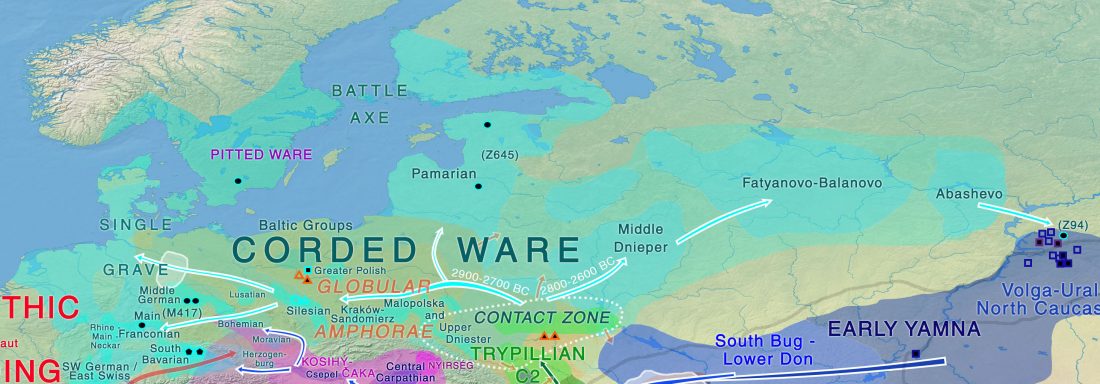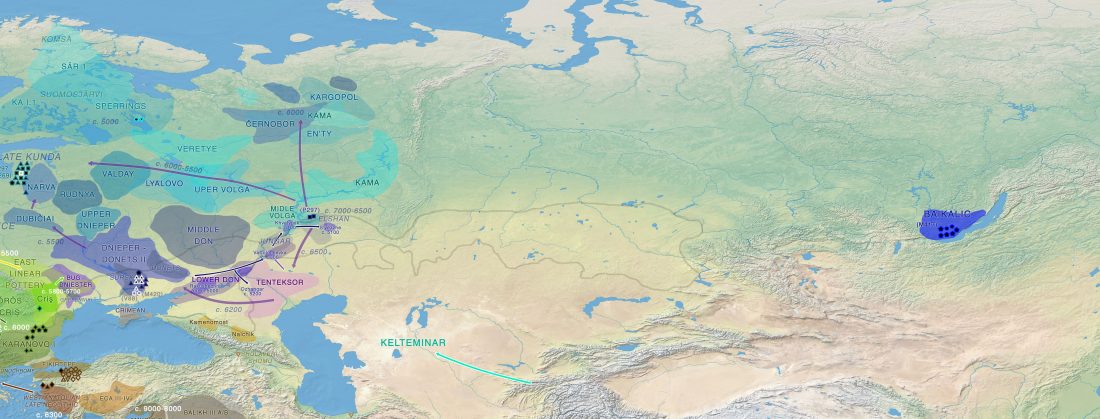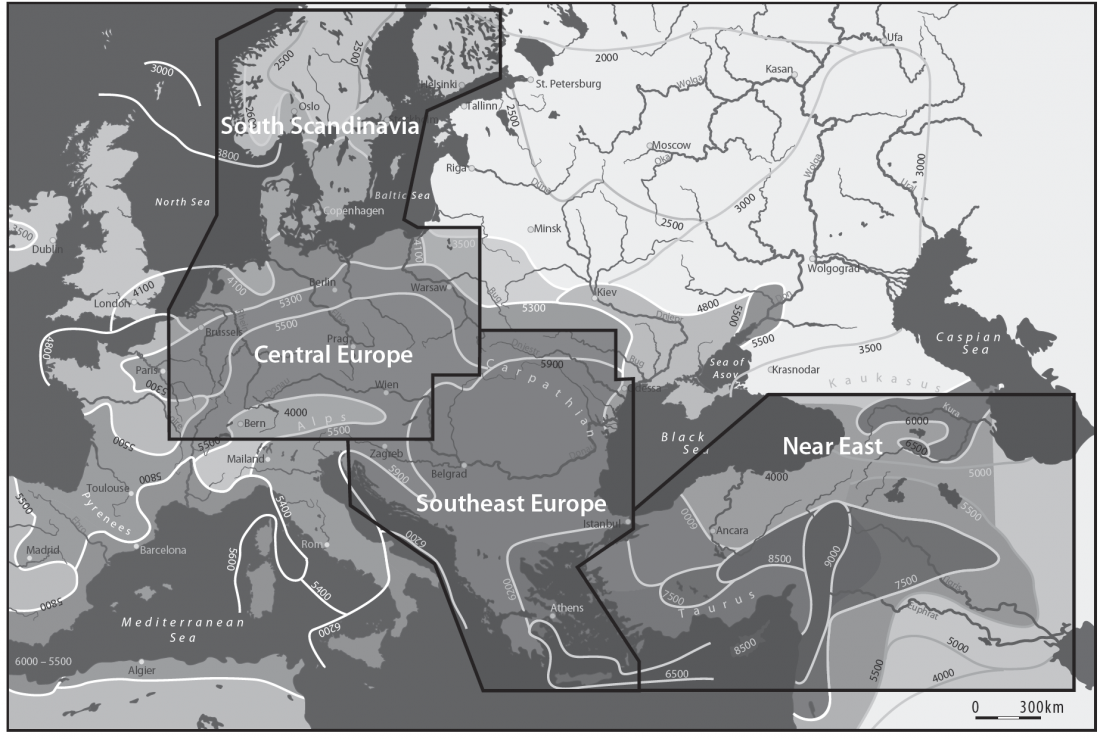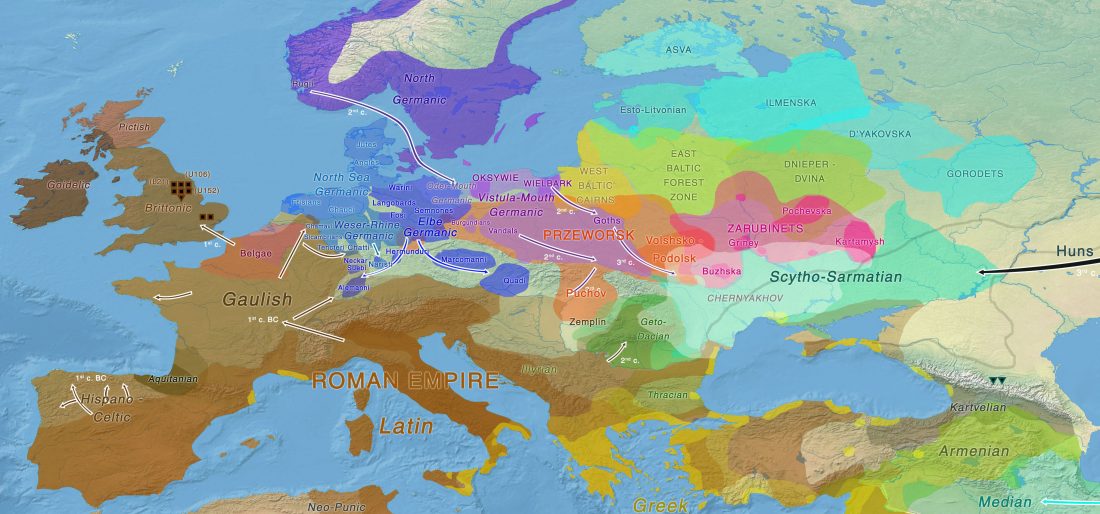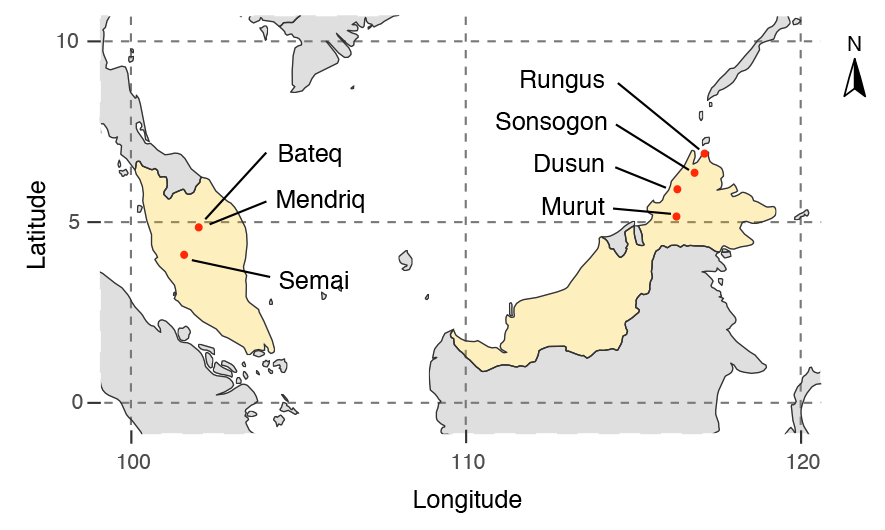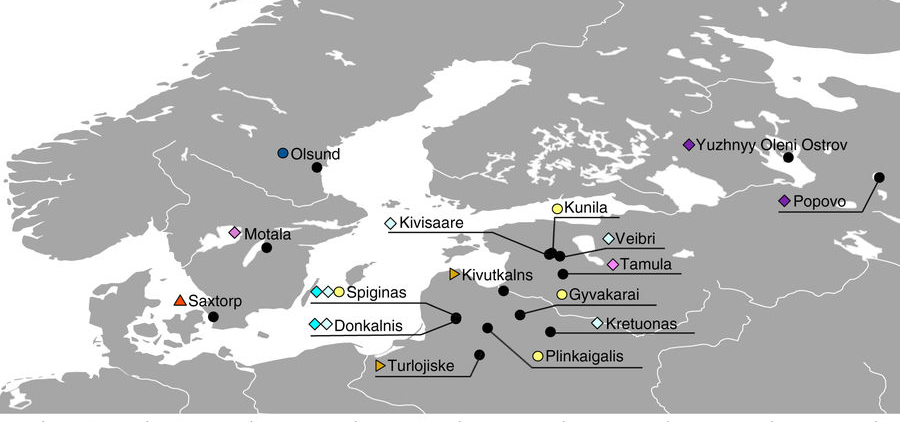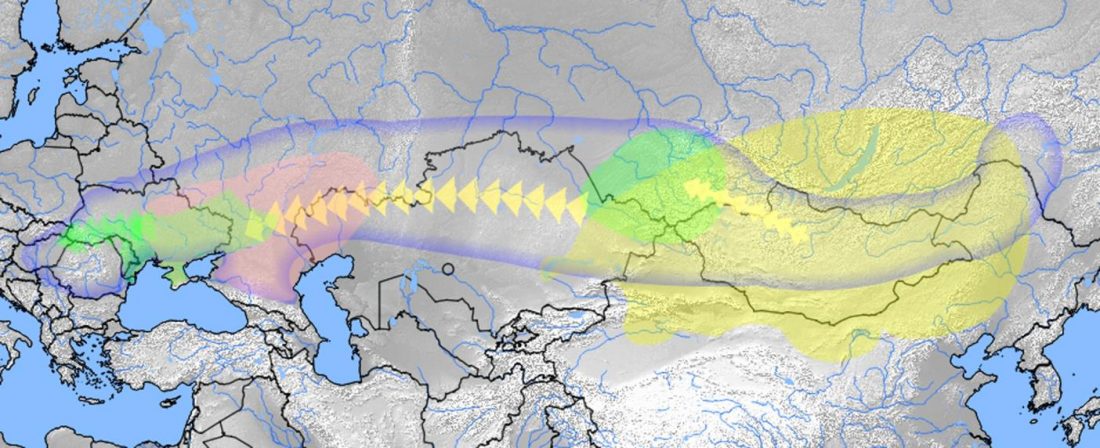Corded Ware pastoral herding economy and belief system through mortuary practices
On the scent of an animal skin: new evidence on Corded Ware mortuary practices in Northern Europe, Antiquity (2018) 92(361):118-131.
Abstract (emphasis mine):
… Read the rest “Corded Ware pastoral herding economy and belief system through mortuary practices”The Late Neolithic Corded Ware Culture (c. 2800–2300 BC) of Northern Europe is characterised by specific sets of grave goods and mortuary practices, but the organic components of these grave sets are poorly represented in the archaeological record. New microscopic analyses of soil samples collected during the 1930s from the Perttulanmäki grave in western Finland have, however, revealed preserved Neolithic animal hairs. Despite mineralisation, the species of animal has been successfully identified and offers the oldest
